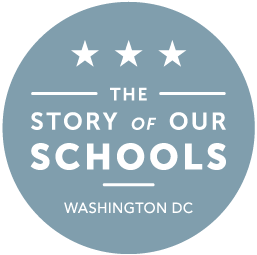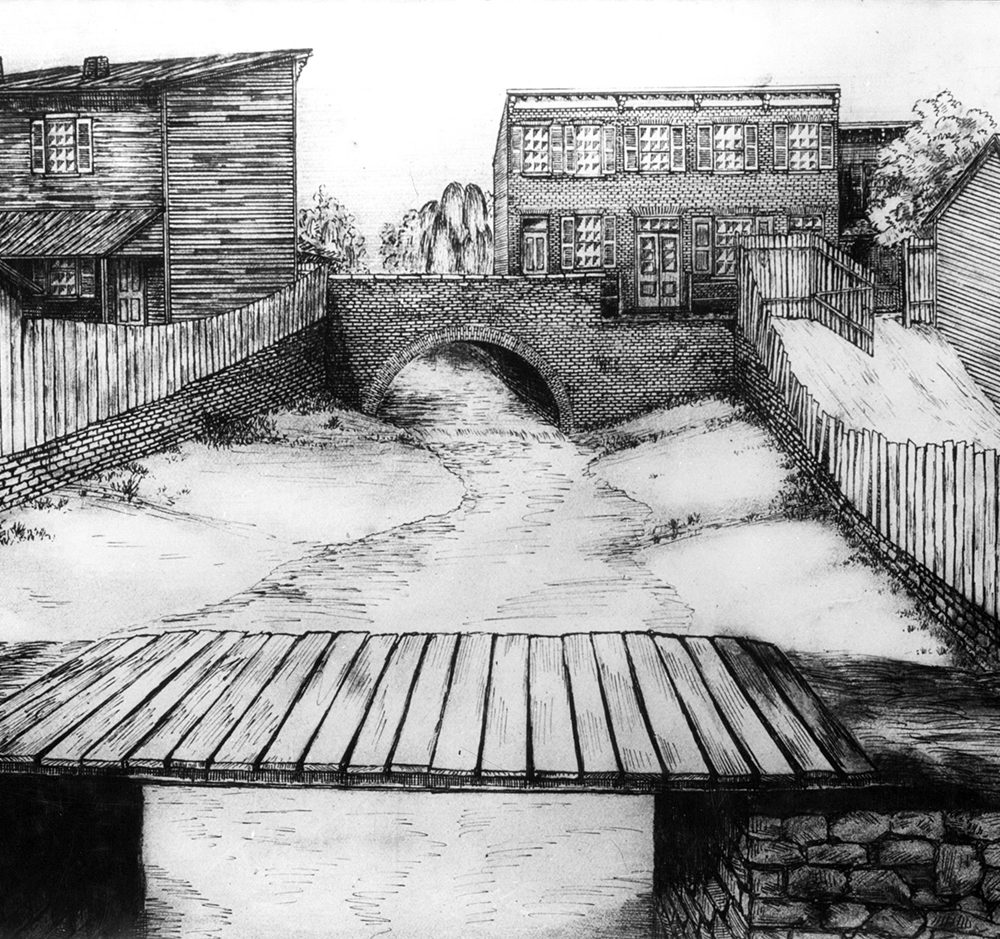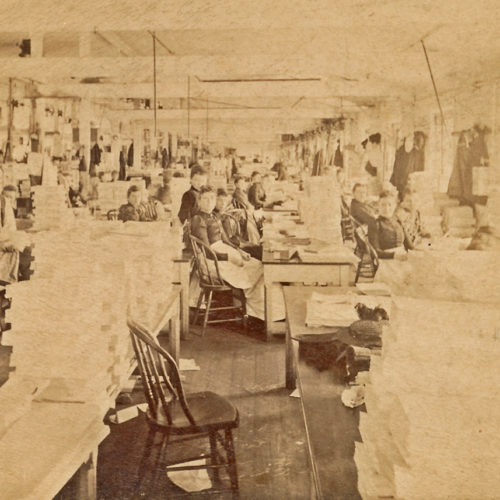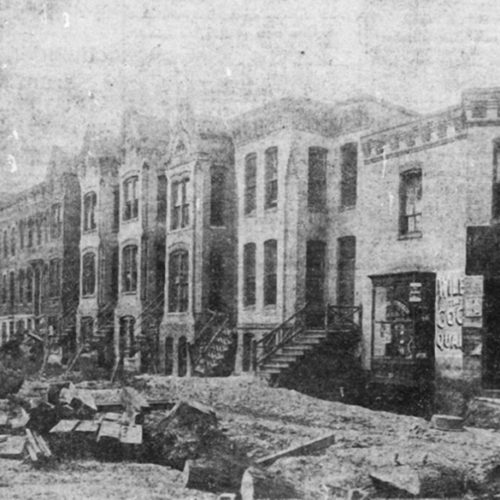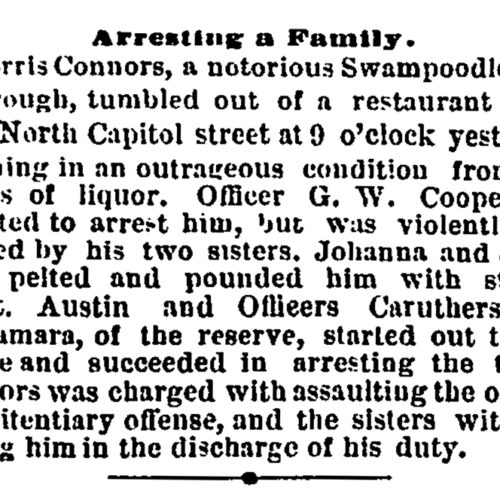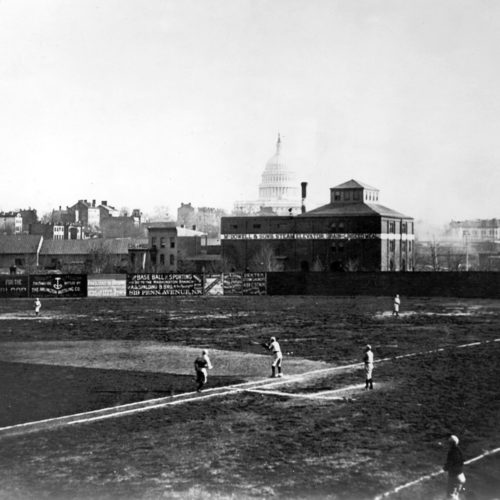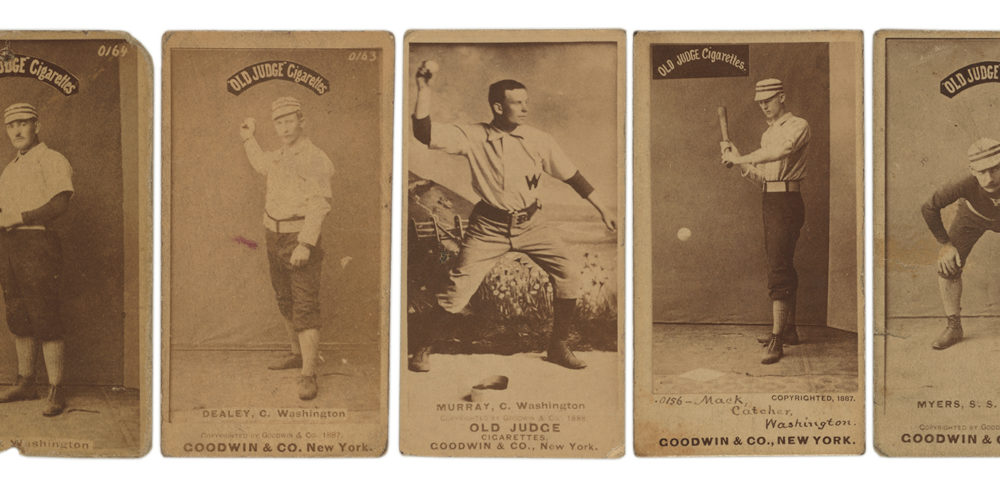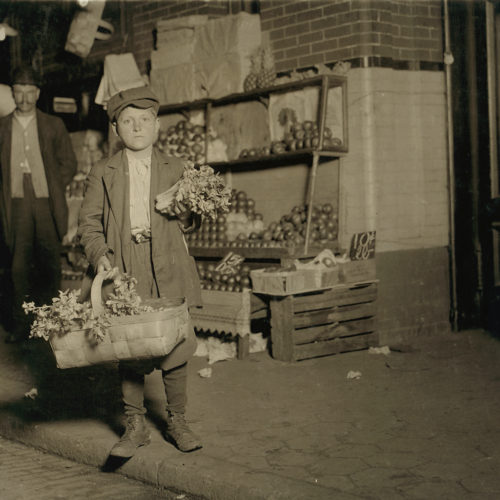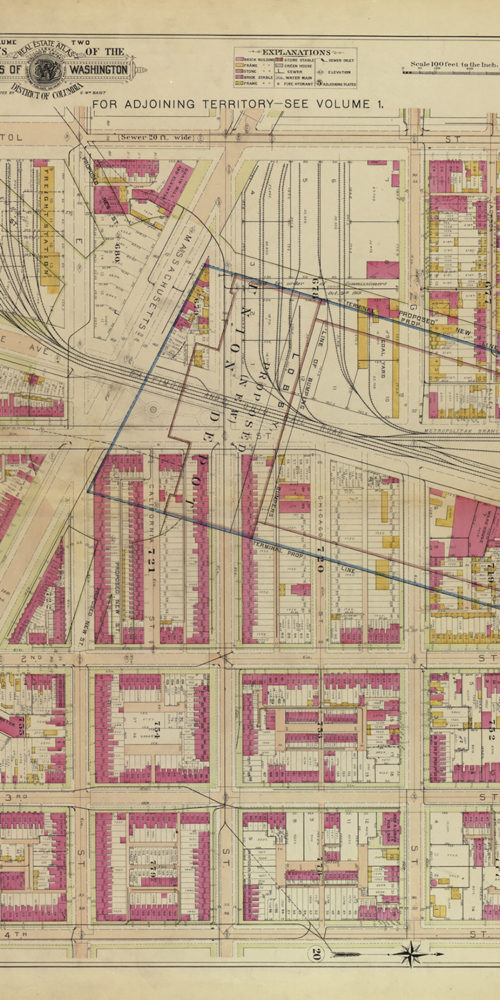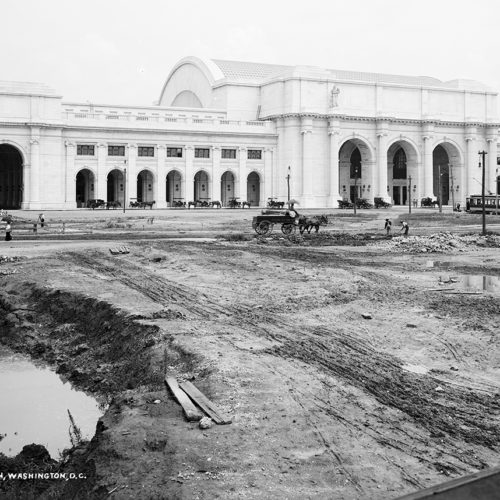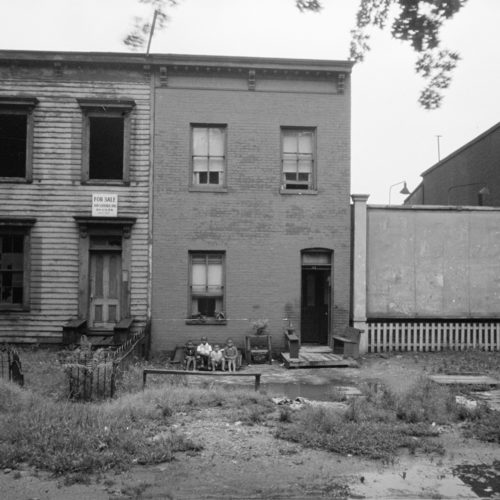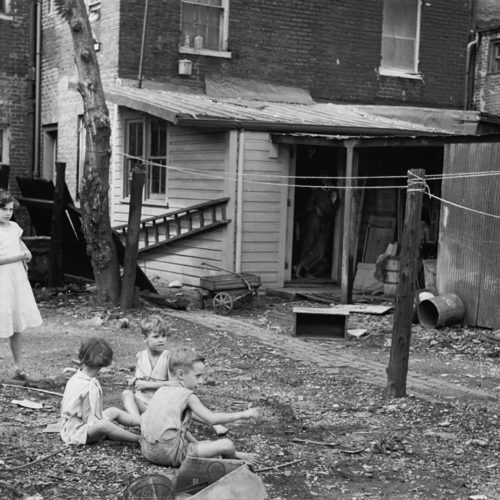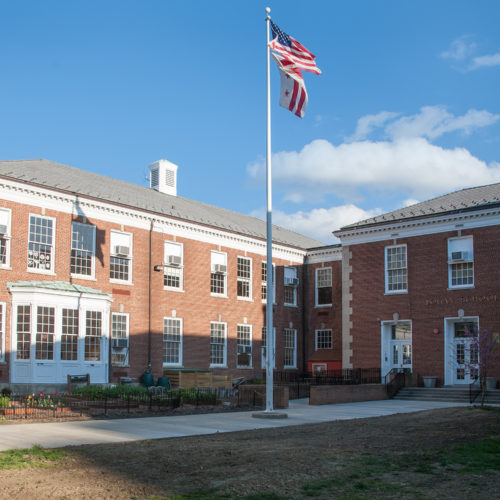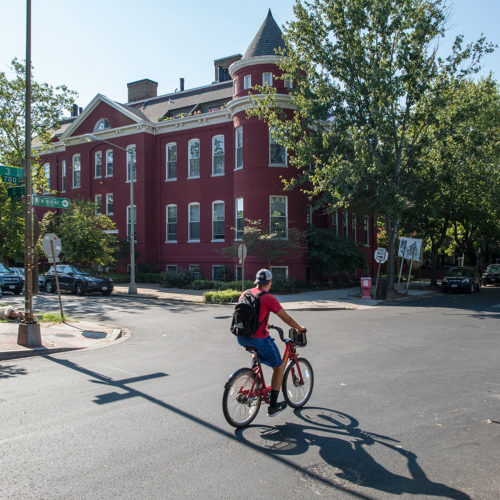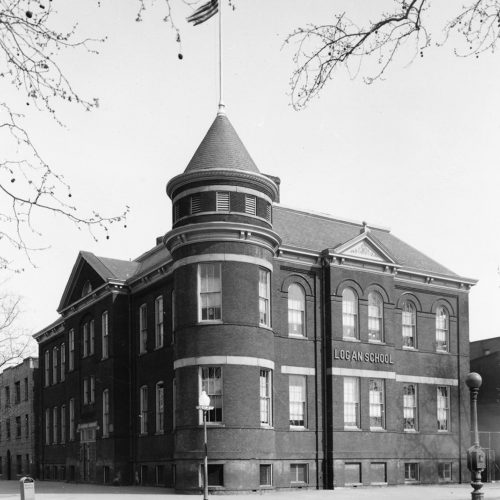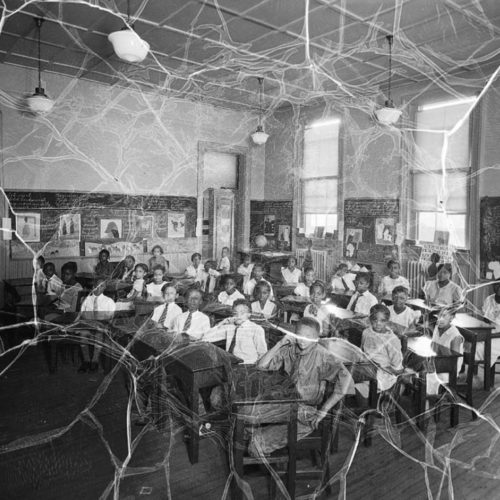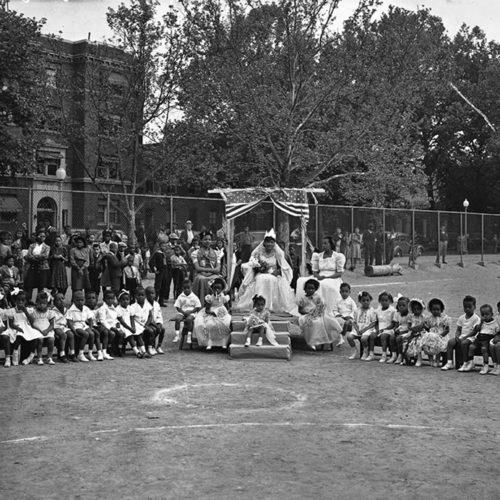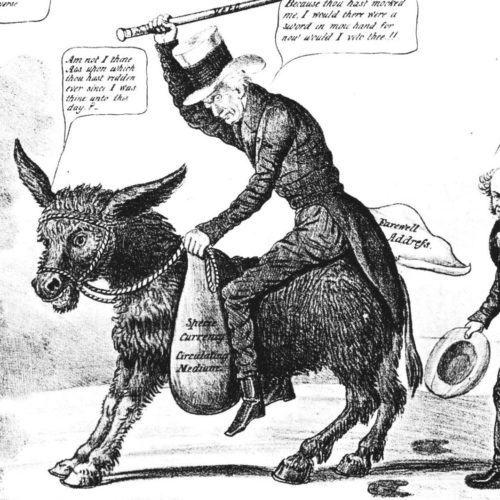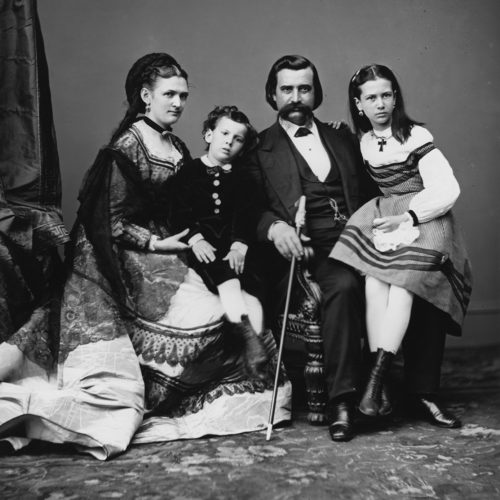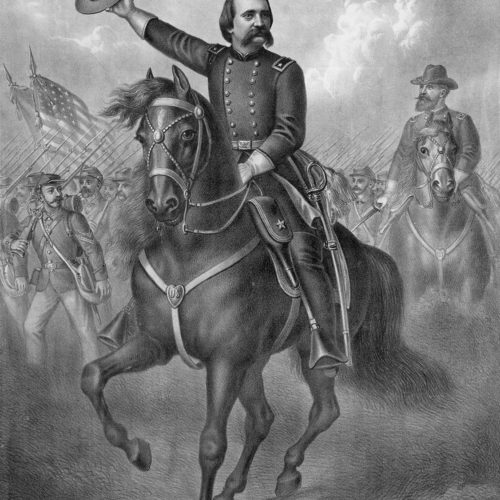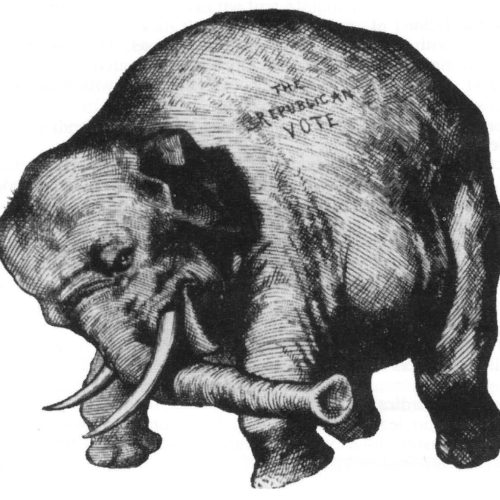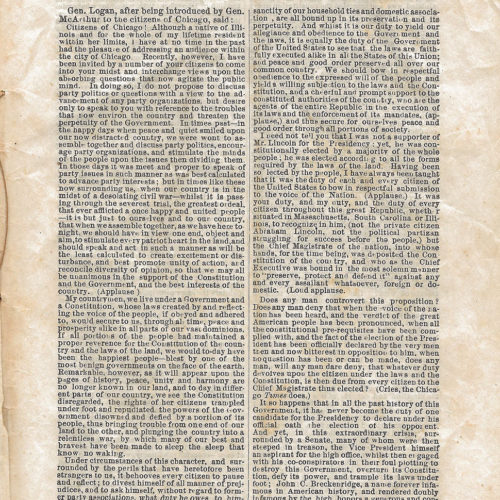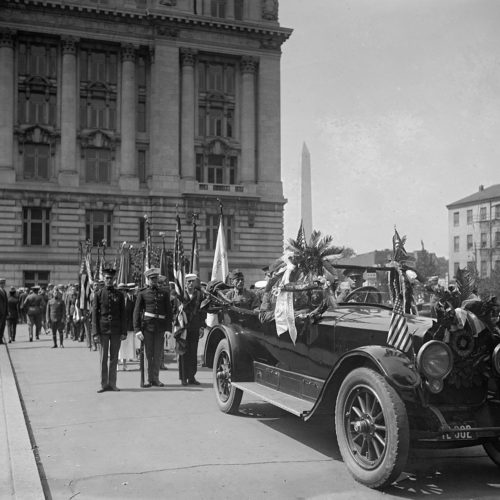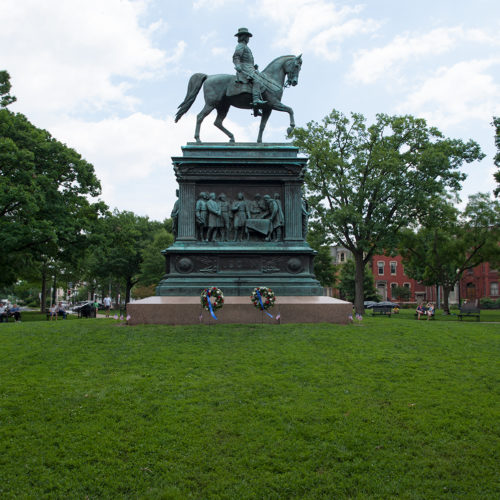The Logan School, the building that houses CHML today, is named for John A. Logan, a Civil War general. He was also a courageous political leader who at first believed in slavery and then changed his views and fought for civil rights for Black Americans.
One of ten children, John Logan was born in 1826 in Jackson County, Illinois. His Irish immigrant father was a farm owner and a physician who believed in slavery. After fighting in the Mexican-American War (1846–1848), Logan returned to Illinois and became a successful lawyer.
Like his father, Logan held strong pro-slavery views. In the 1850s, he was elected to the Illinois General Assembly where he helped pass the state’s “Logan Laws” that prohibited freed enslaved people from entering Illinois. In 1858, he was elected to the United States Congress. In 1860, Abraham Lincoln, a Republican also from Illinois, was selected President of the United States. Lincoln held opposing views on slavery.
As the country entered into civil war in 1861, John Logan had a change of heart. He now believed that slavery was wrong. He joined the Union Army and fought in the Battle of Bull Run, rising to the rank of Major General by the end of the war. In 1871, he returned to politics, now as a Republican, and was elected to the United States Senate. The man who had once championed pro-slavery laws now favored civil rights bills, including those giving Black Americans the right to vote.
John A. Logan was a leading candidate for the 1888 Republican presidential nomination. During the campaign, he was diagnosed with rheumatism and died suddenly in 1886. He is buried in the United States Soldiers’ and Airmen’s Home National Cemetery in Washington, DC.
